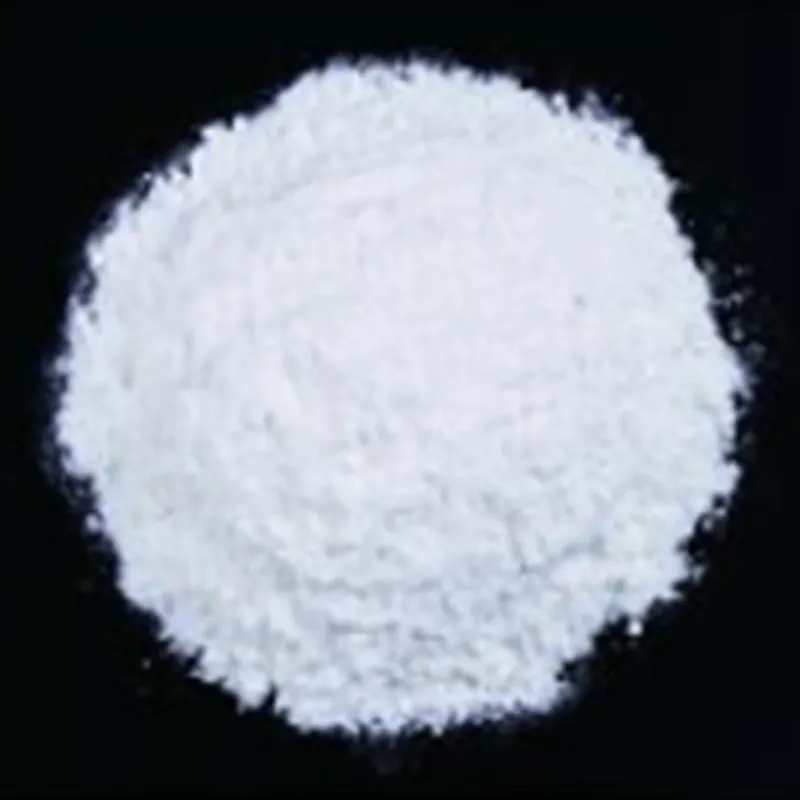
acetic acid as preservative
Acetic Acid as a Preservative A Multifaceted Approach to Food Preservation
In the world of food preservation, numerous methods are employed to extend the shelf life of perishable products. One of the most effective and widely used organic compounds in this regard is acetic acid. Commonly recognized as the main component of vinegar, acetic acid plays a crucial role in food preservation, acting not only as a flavor enhancer but also as a powerful preservative.
The Role of Acetic Acid in Food Preservation
Acetic acid is characterized by its distinctive tangy flavor and is found in varying concentrations in different types of vinegar. It is celebrated not only for its culinary value but also for its antimicrobial properties. When employed as a preservative, acetic acid inhibits the growth of a variety of microorganisms, including bacteria and fungi, which are responsible for food spoilage. The effectiveness of acetic acid is attributed to its ability to lower pH levels in food products, creating an environment that is inhospitable to many pathogenic organisms.
Mechanism of Action
The mechanism through which acetic acid exerts its preservative effects is twofold. Firstly, the decrease in pH hinders the metabolic processes of spoilage microorganisms, thereby slowing down their growth and reproduction. Secondly, the acetic acid penetrates the cell membranes of microorganisms, leading to cellular disruption and death. This dual action makes acetic acid an effective preservative not only in high-acid foods but also in various low-acid products, extending its applicability across different food categories.
Applications in Food Preservation
Acetic acid is extensively used in pickling, where vegetables and fruits are submerged in vinegar solutions. This age-old technique not only preserves food but also enhances its flavor and texture. Commonly pickled items include cucumbers, onions, and even fruits like peaches and cherries. In addition to pickling, acetic acid is used in marinades for meat and fish, as its preservative properties help to inhibit harmful bacteria while also imparting a delightful taste.
acetic acid as preservative

Moreover, the food industry harnesses acetic acid in the production of sauces, dressings, and condiments. Products such as ketchup, mayonnaise, and salad dressings utilize acetic acid not only for flavor but also for its ability to maintain stability and prevent rancidity. The versatility of acetic acid allows it to be included in a wide range of processed foods, enabling manufacturers to ensure quality and safety over extended periods.
Safety and Regulatory Aspects
One of the significant advantages of using acetic acid as a preservative is its safety profile. Considered a Generally Recognized As Safe (GRAS) substance by the U.S. Food and Drug Administration (FDA), acetic acid can be consumed without adverse effects when used within recommended limits. Its natural origin adds to its appeal, making it a favored choice for consumers seeking cleaner labels and natural ingredients in their food products.
While acetic acid is generally safe, it is essential for manufacturers to adhere to regulatory guidelines concerning its concentration in food products. Different countries may impose specific limits on the amount of acetic acid that can be used, particularly in products intended for direct consumption. Therefore, compliance with local regulations ensures both food safety and consumer trust.
Conclusion
In conclusion, acetic acid serves as a multifaceted preservative in the food industry, combining effective microbial inhibition with flavor enhancement. Its natural origin, safety, and functional versatility make it an ideal choice for both home cooks and food manufacturers alike. As consumers increasingly gravitate towards natural and minimally processed foods, the application of acetic acid is likely to grow, reinforcing its role as a valuable ally in food preservation.
With ongoing research into new methods of food preservation and safety, acetic acid will undoubtedly continue to play a vital role, ensuring that our food remains safe, flavorful, and enjoyable. Whether through the tangy richness of a pickled cucumber or the zing of a salad dressing, acetic acid endures as an essential ingredient in the evolving landscape of food preservation.
-
Pure Sodium Dichloroisocyanurate Dihydrate | Powerful DisinfectantNewsAug.29,2025
-
Industrial Chemicals: Quality & Purity for Every IndustryNewsAug.28,2025
-
Nitrile Rubber Honoring Strict Production StandardsNewsAug.22,2025
-
Aspartame Ingredients Honoring Food Safety ValuesNewsAug.22,2025
-
Fertilizer for Balanced Plant NutritionNewsAug.22,2025
-
Cyanide Gold Processing with High Purity AdditivesNewsAug.22,2025
-
Formic Acid in Textile Dyeing ApplicationsNewsAug.22,2025
Hebei Tenger Chemical Technology Co., Ltd. focuses on the chemical industry and is committed to the export service of chemical raw materials.
-

view more DiethanolisopropanolamineIn the ever-growing field of chemical solutions, diethanolisopropanolamine (DEIPA) stands out as a versatile and important compound. Due to its unique chemical structure and properties, DEIPA is of interest to various industries including construction, personal care, and agriculture. -

view more TriisopropanolamineTriisopropanolamine (TIPA) alkanol amine substance, is a kind of alcohol amine compound with amino and alcohol hydroxyl, and because of its molecules contains both amino and hydroxyl. -

view more Tetramethyl Thiuram DisulfideTetramethyl thiuram disulfide, also known as TMTD, is a white to light-yellow powder with a distinct sulfur-like odor. It is soluble in organic solvents such as benzene, acetone, and ethyl acetate, making it highly versatile for use in different formulations. TMTD is known for its excellent vulcanization acceleration properties, which makes it a key ingredient in the production of rubber products. Additionally, it acts as an effective fungicide and bactericide, making it valuable in agricultural applications. Its high purity and stability ensure consistent performance, making it a preferred choice for manufacturers across various industries.





